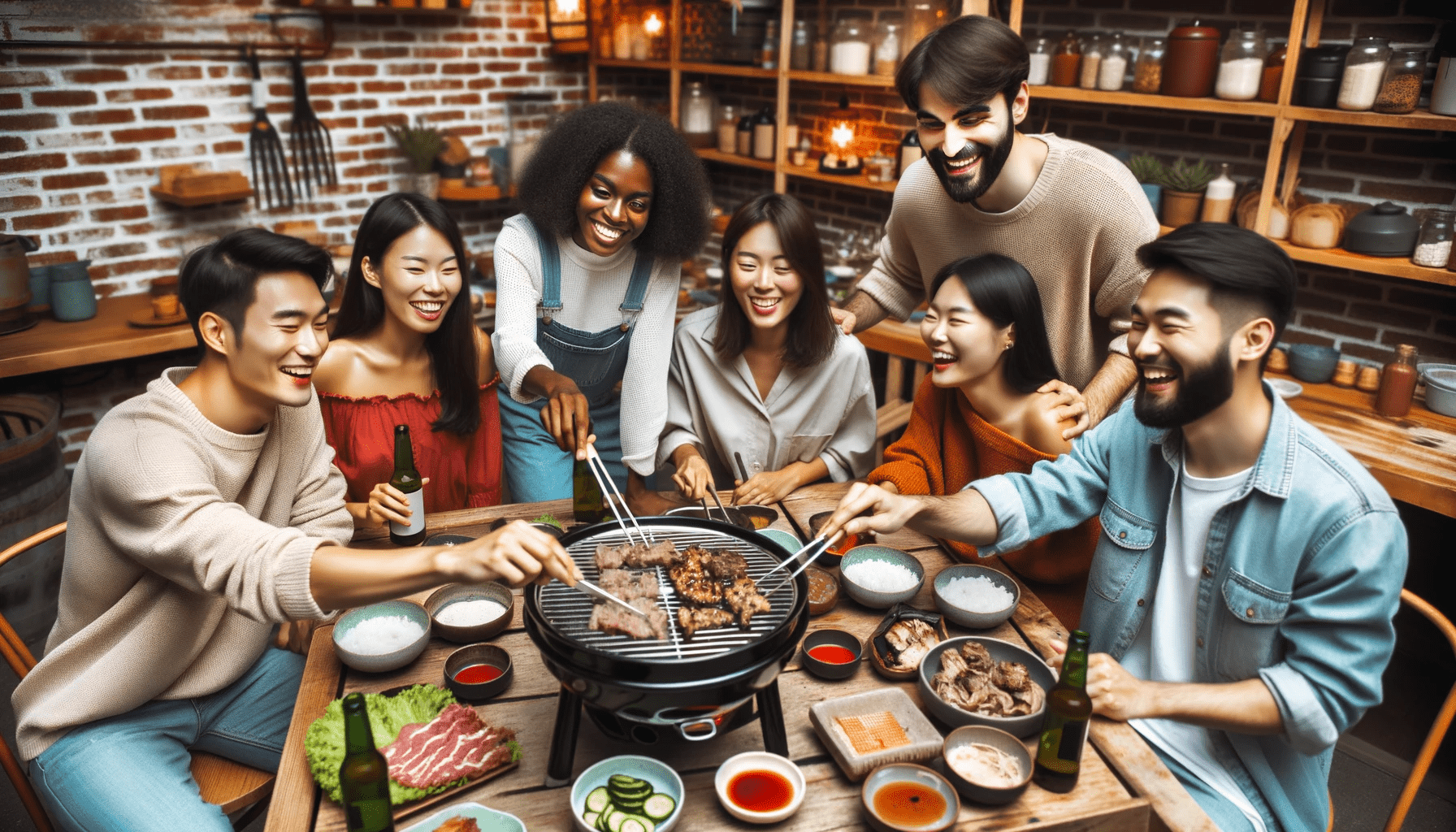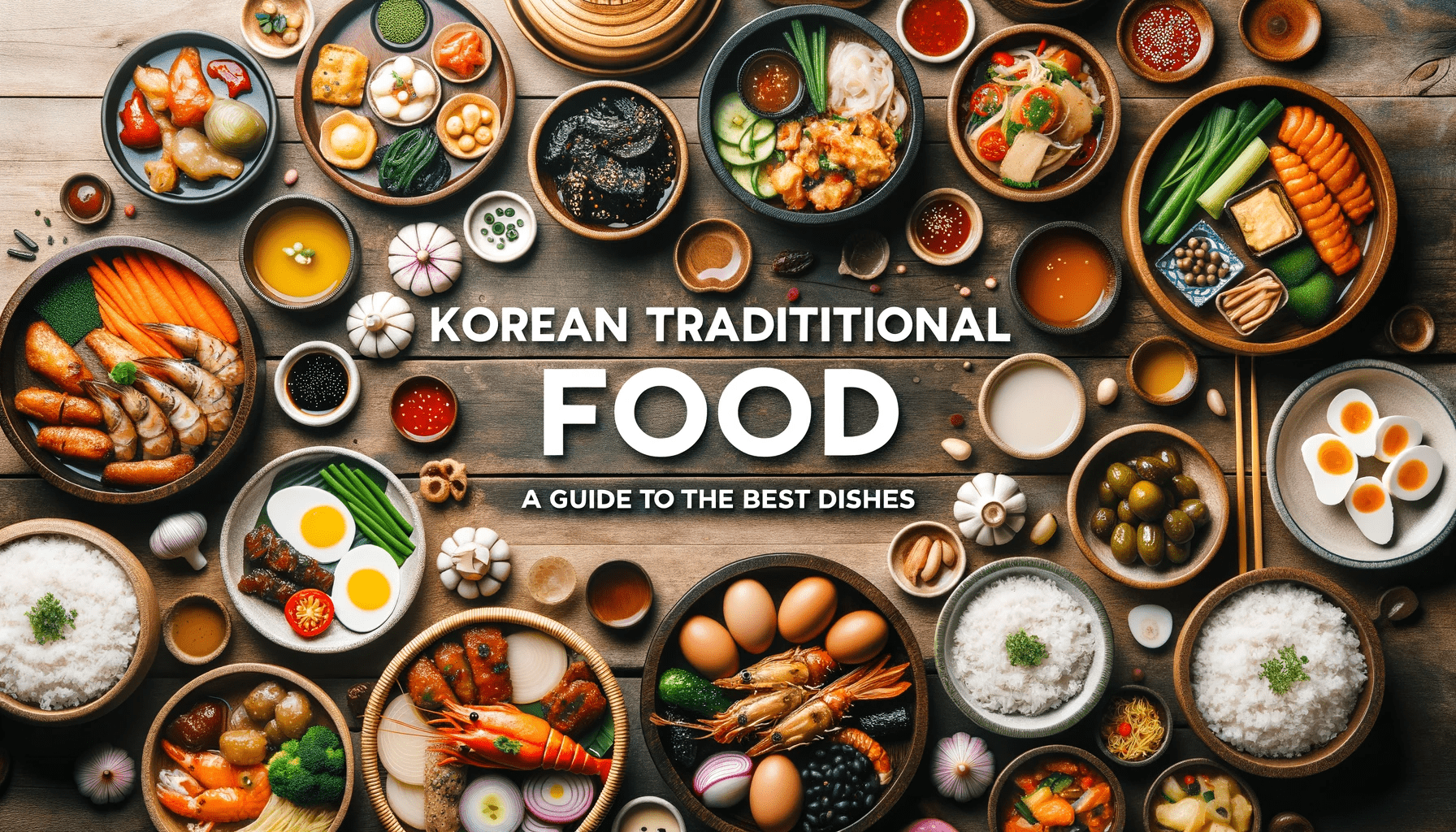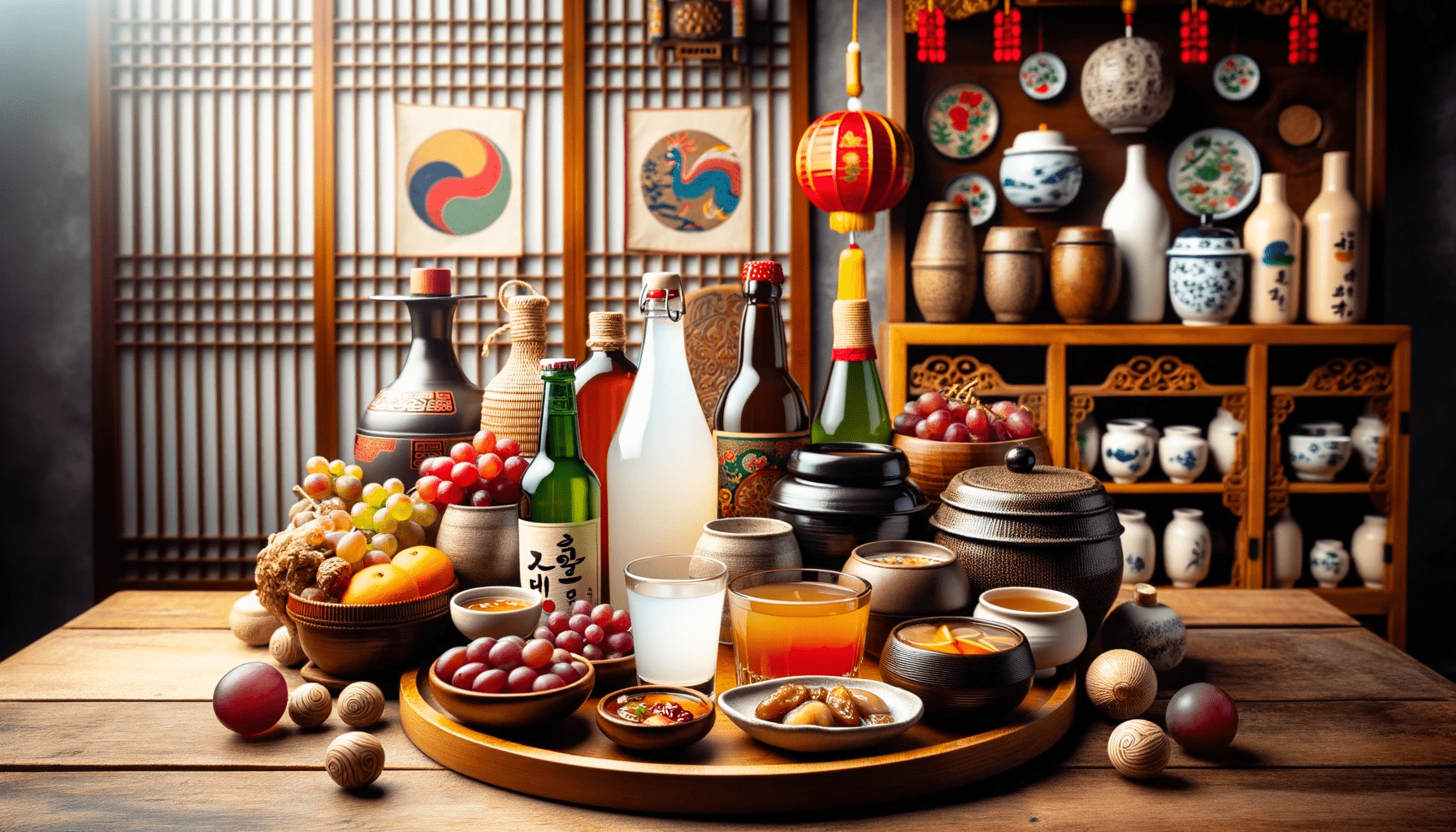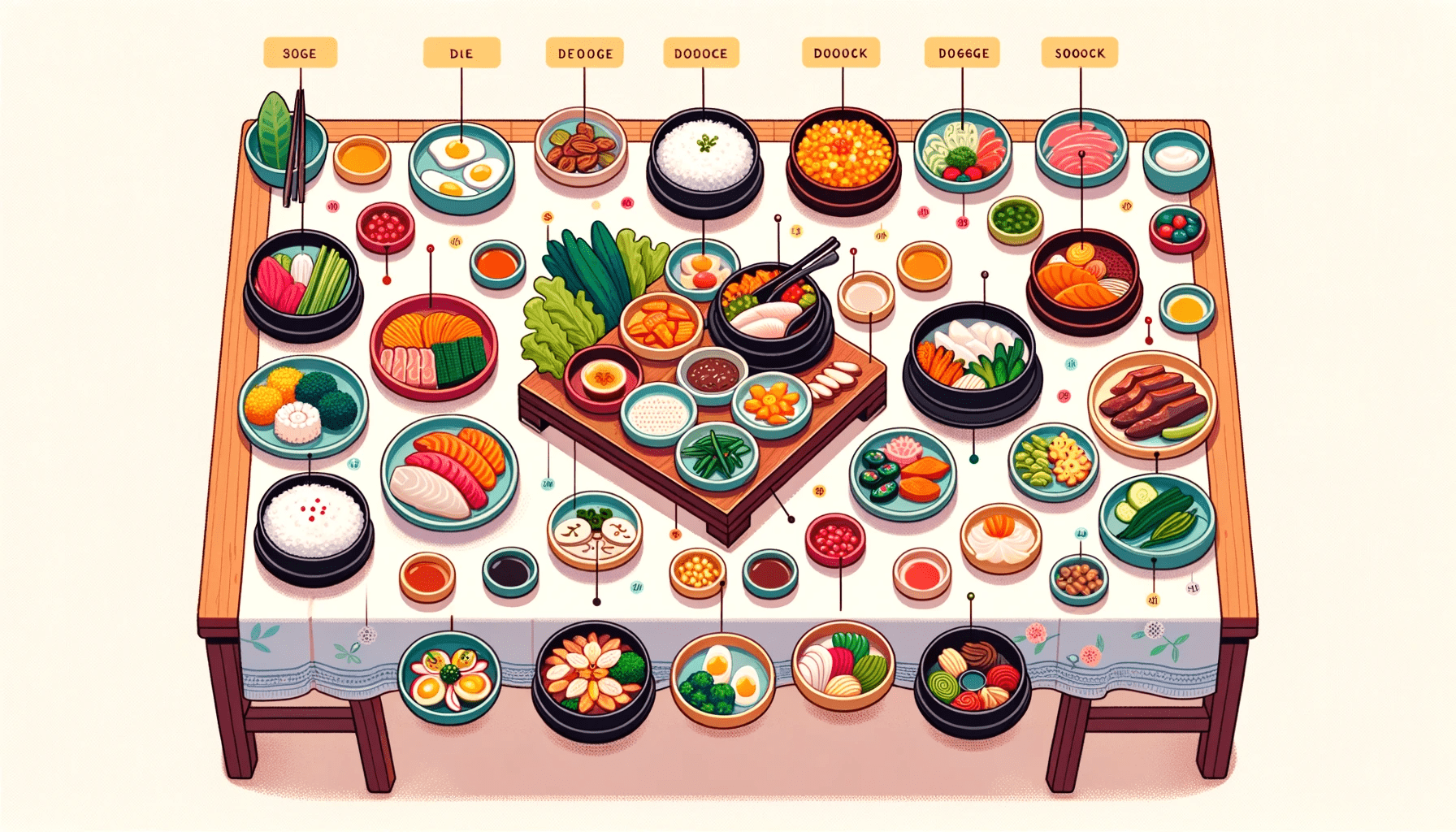Exploring the Diverse and Delicious Korean Regional Cuisine: Uncovering Local Specialties and Traditional Dishes
When you hear the term “Korean cuisine,” what comes to mind? Maybe it’s the sizzling sounds of Korean BBQ, the comforting taste of Kimchi, or the heartiness of Bibimbap. While these dishes have garnered international acclaim, there’s an uncharted territory of regional dishes, each narrating a unique story of its province. This blog delves deep into the diverse and delectable realm of Korean regional cuisine. Ready to embark on a gastronomic journey?
An Overview of Korean Regional Cuisine
Korea’s geographical diversity, with its mountains, coastal areas, and plains, has led to distinct culinary traditions. The availability of local ingredients combined with historical influences has paved the way for an array of regional specialties.
From the North: Hamgyeong Province
Situated in the northernmost part of Korea, the Hamgyeong province’s cuisine is influenced by its cold climate.
- Mul-hoe (물회): A refreshing cold raw fish soup. This dish is spiced to perfection and serves as a testament to Hamgyeong’s proximity to the sea.
- Bukoguk (북어국): A dried pollock soup which warms the soul on freezing days. Pollock, dried to preserve during winter, plays a significant role in the region’s food culture.
From the South: Jeolla Province
The fertile plains of Jeolla have earned it a reputation as the ‘granary of Korea.’ Its dishes are colorful and varied, utilizing fresh ingredients.
- Kongnamul Gukbap (콩나물국밥): A hot bean sprout soup with rice. It’s not only delicious but also a staple comfort food.
- Bibim Guksu (비빔국수): Cold spicy noodles topped with various vegetables. Perfect for a light yet flavorful meal.
- Ddeokgalbi (떡갈비): Grilled short rib patties, representing the region’s expertise in meat dishes.
The Coastal Delicacies: Gyeongsang Province
Nestled by the sea, Gyeongsang province boasts seafood delicacies that are second to none.
- Dwaeji Gukbap (돼지국밥): A hearty pork and rice soup. Although not seafood, it’s a must-try dish from the region.
- Agujjim (아구찜): Steamed monkfish with bean sprouts. A spicy and aromatic seafood specialty.
- Maeuntang (매운탕): Spicy fish stew, perfect for those who like their food with a kick.
In the Heart of Korea: Chungcheong Province
Chungcheong‘s central location means a balanced diet with both seafood and mountainous delights.
- Kalguksu (칼국수): Handmade knife-cut noodle soup. A testament to the region’s love for noodles.
- Beoseot Jeongol (버섯전골): Mushroom hot pot with various mushrooms, tofu, and vegetables. A favorite during the colder months.
The Hidden Nuances of Ancestral Ritual Foods
One of the lesser-known facets of Korean regional cuisine lies in the ancestral rites, called ‘jesa’, which involve offering food to deceased ancestors. These dishes aren’t just about taste; they’re deeply symbolic, reflecting respect and reverence.
- Tteok (떡): A variety of rice cakes are offered, each holding a unique significance. For instance, ‘songpyeon’ is shaped like a crescent moon and often colored, symbolizing hope and the changing seasons.
- Jeon (전): These are pan-fried delicacies, often made from sliced meat, fish, or vegetables dipped in a batter of egg and flour. The variety showcases the abundance of food and prosperity.
- Jogi (조기): A dried yellow croaker fish, which is a significant mainstay in these rituals. It represents the purity and simplicity one should embody in life.
The Significance of Fermentation in Korean Gastronomy
In the world of Korean cuisine, patience truly is a virtue. This philosophy is exemplified by the country’s emphasis on fermentation, a process intrinsic to many beloved dishes and condiments.
- Kimchi (김치): Beyond the common Napa cabbage kimchi, there are regional varieties such as ‘baek kimchi’, a white, non-spicy version, or ‘gat kimchi’, made with mustard leaves and unique to certain regions.
- Jang (장): This includes the ubiquitous soy sauce, bean paste (doenjang), and the spicy red pepper paste (gochujang). Each province has its fermentation method, with some households still using traditional earthen pots for aging.
The Art of Balancing Flavors: ‘Eumyangohaeng’
Derived from traditional Korean philosophy, ‘eumyangohaeng’ speaks to the balance of the five elements: wood, fire, earth, metal, and water. These elements correspond with specific tastes: sour, bitter, sweet, spicy, and salty. A seasoned Korean chef understands this intricate balance, ensuring that meals harmonize these elements.
- Seasonal Soups and Stews: Depending on the season, chefs will incorporate ingredients that complement the current element. For instance, winter (water) might focus on salty broths, while summer (fire) might highlight bitter ingredients to counteract the heat.
- Panchan (반찬): These are the side dishes served with rice, and their variety often adheres to the philosophy of ‘eumyangohaeng’. It ensures a symphony of flavors with every bite, from the spicy kimchi to the sour pickled radishes.
Gyeonggi-do’s Culinary Jewels
Adjacent to Seoul, Gyeonggi-do is a treasure trove of culinary wonders, harmoniously blending urban flavors with rural traditions.
- Jjimdak: Imagine tender chicken, soft noodles, and vibrant veggies immersed in a soy-rich sauce. Jjimdak offers this comfort in every bite, encapsulating Gyeonggi-do’s hearty culinary spirit.
- Galbi: Think of ribs, marinated in a blend of sweet and savory goodness, then grilled to perfection. Complement this with rice, fiery kimchi, and tangy pickled radishes, and you’ve got Gyeonggi-do on a plate.
Savoring Seoul’s Time-Honored Delicacies
Seoul isn’t just South Korea’s heart but also its culinary soul. The city’s heritage shines through its dishes.
- Jajangmyeon: This isn’t just a noodle dish; it’s a culinary emblem of Seoul. The richness of black bean sauce, combined with juicy pork and noodles, offers an experience found in every nook of the city.
- Sundubu-jjigae: Picture soft tofu, fresh seafood, and veggies dancing in a steaming pot. It’s not just food; it’s warmth and comfort – Seoul’s way of welcoming you.
Jeolla-do: A Symphony of Freshness and Flavors
Jeolla-do, with its green expanses, serves dishes that sing of freshness.
- Bibim-naengmyeon: A summer’s delight! Chilled buckwheat noodles are draped in a spicy-tangy sauce, crowned with veggies and a boiled egg, capturing Jeolla-do’s vibrant essence.
- Kongnamul-gukbap: Simplicity at its best. This bean sprout soup, radiant in its minimalism, reflects the unadulterated taste of Jeolla-do’s fertile lands.
Gangwon-do: Where Nature Meets the Palate
With untouched landscapes and pristine seas, Gangwon-do translates nature into food.
- Ganmuk-muchim: An ode to the sea, this seaweed salad, seasoned with a tangy trinity of soy, vinegar, and sesame, is a refreshing gust of Gangwon-do’s coastal charm.
- Dakgalbi: Spice enthusiasts, rejoice! Tender chicken and crunchy veggies are wok-tossed in a robust gochujang sauce, echoing the spirited ethos of Gangwon-do.
By understanding these deeper intricacies, one doesn’t merely eat Korean food but experiences its profound cultural wisdom. Each dish, ingredient, and cooking method is a testament to Korea’s rich history and its commitment to balance, nature, and
Conclusion
In conclusion, Korean regional cuisine is a treasure trove of diverse and delicious dishes. From the local specialties of Gyeonggi-do to the traditional dishes of Seoul, and the unique flavors of Jeolla-do to the culinary delights of Gangwon-do, each region offers a culinary experience that is rich in history, culture, and flavor. So, the next time you find yourself in Korea, be sure to venture beyond the usual dishes and explore the diverse and delicious regional cuisine that awaits you.
CTA: Whether you’re an adventurous foodie or simply curious about different cuisines, don’t miss the opportunity to indulge in the diverse and delicious Korean regional cuisine. Plan your culinary journey through the vibrant streets of Seoul, the tranquil countryside of Gyeonggi-do, the bountiful harvests of Jeolla-do, and the fresh seafood of Gangwon-do. Immerse yourself in the rich flavors, vibrant colors, and unique traditions that make Korean regional cuisine so fascinating. Bon appétit!





0 Comments